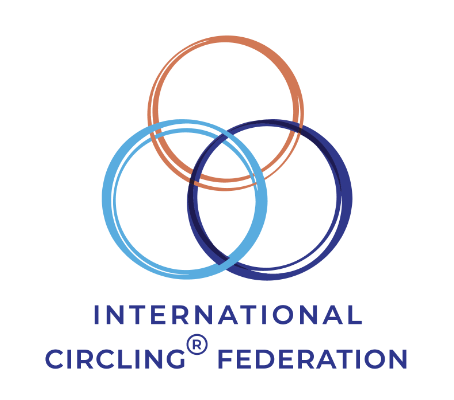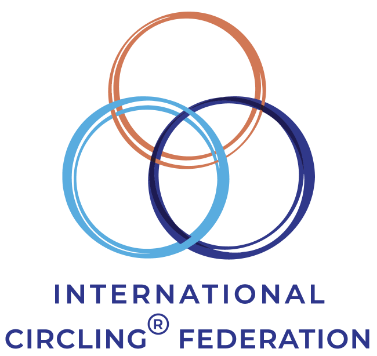“All of us, from the cradle to the grave, are happiest when life is organized as a series of excursions, long or short, from the secure base provided by our attachment figures.”
— John Bowlby (1988)
So many of us do not have the secure base we need as adults to generate the inspiration, will, and perseverance to confidently engage in life’s opportunities, and to create opportunities of our own. A secure base is the experience of ongoing, implicit trust and comfort, established through the process of securely attaching to another person — for the child with their primary caregiver, for the adult, with at least one important person in their life.

Over the past few decades an adult’s style of attachment, secure or insecure, has become a predominant lens for assessing strengths and weaknesses in relationships. For example, securely attached adults have a greater capacity to trust others, tolerate conflict, and exercise discernment when forming new bonds. They are empathetic, and know how to set and sustain appropriate boundaries as they cultivate meaningful connections with others.
Adults who are insecurely attached, on the other hand, will frequently exhibit recurring negative behaviors in relationship: the tendencies to avoid other people, to be critical, controlling, insensitive, readily show anger and fear, and, to deny one’s own needs. Basically, an adult with insecure attachment will frequently either not clearly recognize their own needs, or the other person’s, or both.
Popular literature on adult attachment provides a tremendous contribution to understanding relationships, effectively addressing many problematic dynamics between family members and within a couple. Yet there is a dimension to adult secure attachment that popular literature does not emphasize. This other dimension is the ways in which, similar to but different than the child, the adult orients away from the secure base of the relationship (and their internalized secure base), and outward to the rest of their life, and back again.

It is well known that insecure attachment is the cause of much tribulation within adult relationships. What is often missed is that for adults the absence of a secure base affects other aspects of our lives as well.
When assessing the causes of an adult’s distress in areas of life outside close relationships, it may be a major oversight to not take into account the presence or absence of this aspect of human experience. Especially when an adult has not yet internalized a secure base in the first place, or, if due to crisis and challenges of life, has lost the sense of their internal secure base.
The reason this can be easily overlooked is because it is much simpler to identify the quality of a child’s relationship to a secure base — in the way the child physically moves away from and returns to the primary caregiver — either with ease and comfort as in secure attachment, or with anxiety, avoidance, or confusion as in insecure attachment. And, as adults, we tend to find clever ways to compensate for the lack of a secure base in our lives. Inevitably, there are cracks in the facade for those of us without a secure base, for this is an indispensable part of every person’s well being.

Secure attachment is the sense of belonging and feeling connected to another person and to life on the deepest somatic levels. This implicit connection with another human generates a three-pronged feedback loop: As this particular kind of connection (1) feeds back a stronger sense of connection within ourselves, (2) confidence is ignited to engage in life in ever-evolving ways. With the knowledge the secure base is there as needed, engaging in life increases competency and self esteem. (3) Greater self esteem has us relating better with others, which deepens the stability of important relationships (bringing us back to 1).
When our sense of a secure base was not first established early in life, then for it to develop later in life, the healing of insecure attachment must take place through a feeling paradigm. This means we cannot merely think and talk our way into achieving secure attachment. Visceral experience is required, because the mammalian attachment process involves all the physiological layers of a person, it occurs psycho-neuro-muscularly and biologically. Therefore the healing of attachment wounds is addressed most effectively through forms of therapy that are relational and somatically based.

Circling®.
There is also a non-clinical relational approach that provides a doorway into the experience of secure attachment. It’s called the Original Circling Approach. This Circling Approach teaches a communication system which includes somatically based awareness, which is also related to the field known as “authentic relating.” Circling began twenty years ago by Guy Sengstock along with some friends, and has been evolving ever since by people across the U.S. and around the world.† I have been attending Circling workshops weekly with Guy for four years, and last year I recognized something unique about it: Circling creates the conditions to experience what secure attachment feels like even before attachment wounds are healed, often the first time a person circles.
Circling by itself does not develop secure attachment, nothing creates secure attachment without a person’s intention to heal their attachment wounds. But since Circling generates the feelings and mindstate of secure attachment with peers — by engendering the emotional and psychological clarity between people that occurs in securely attached relationships — then if one circles regularly in conjunction with psychotherapy, I am curious if secure attachment can be expedited more efficiently than with psychotherapy alone.

Even with the best of intentions, in everyday life we often do not really hear each other before we offer advice and silver linings. Most people go through their days, and in fact live a good deal of their lives, without being fully heard. This has extremely potent negative consequences. Not being accurately understood stunts the psychological growth of the child and inhibits the evolution of the adult.
I have found that Circling is so effective in having people feel heard and understood, and in teaching anyone who is interested a deeper level of listening, possibly more than any single method I have come across in my nineteen years studying somatic psychotherapy.
Circling goes beyond empathy to the point of seeing through the eyes of the speaker. Circling creates a container to learn, in real time, three things that are also capacities of secure attachment: deeper listening, more effective ways to communicate experience, and essential distinctions for perceiving intersubjective phenomena (the experience of being in relationship).
The experience of Circling, and of secure attachment, is that what is important to a person is not only accepted, one’s concerns are understood, and they matter. Both Circling and a securely attached relationship are uniquely oriented to “get a person’s world,” never more so than in the midst of conflict. When a person knows they are heard, an inner feeling about their concern changes fundamentally.

From the studies of the eminent psychologist who discovered secure attachment, John Bowlby, we know that without a solid sense of security in relationship to a secure base, children and adults alike will expend a tremendous amount of energy seeking the feeling of personal security, when this energy could otherwise be freed up and dedicated to the creation and expressions of a fulfilling life.
For more information on Circling, visit The Circling Institute.
About Marenka Cerny: www.somatic-psychotherapy.org
† The Original Circling Approach was interpreted by the collective design from a group of people with richly diverse orientations and contributions. As a result, Circling has come to mean different things to different communities. See https://internationalcirclingfederation.org/about-icf-circling/ for more information. Guy Sengstock’s contributions were particularly poignant and formative in the development of Circling, as it relates to our discussion of secure attachment.
The author, Marenka Cerny, was trained in The Circling Institute, so her orientation is necessarily linked to the tradition of Guy Sengstock’s orientation as represented by The Circling Institute. The reader may note that there are other traditions of Circling, represented by different communities; for which perhaps other writers are better suited to comment.

